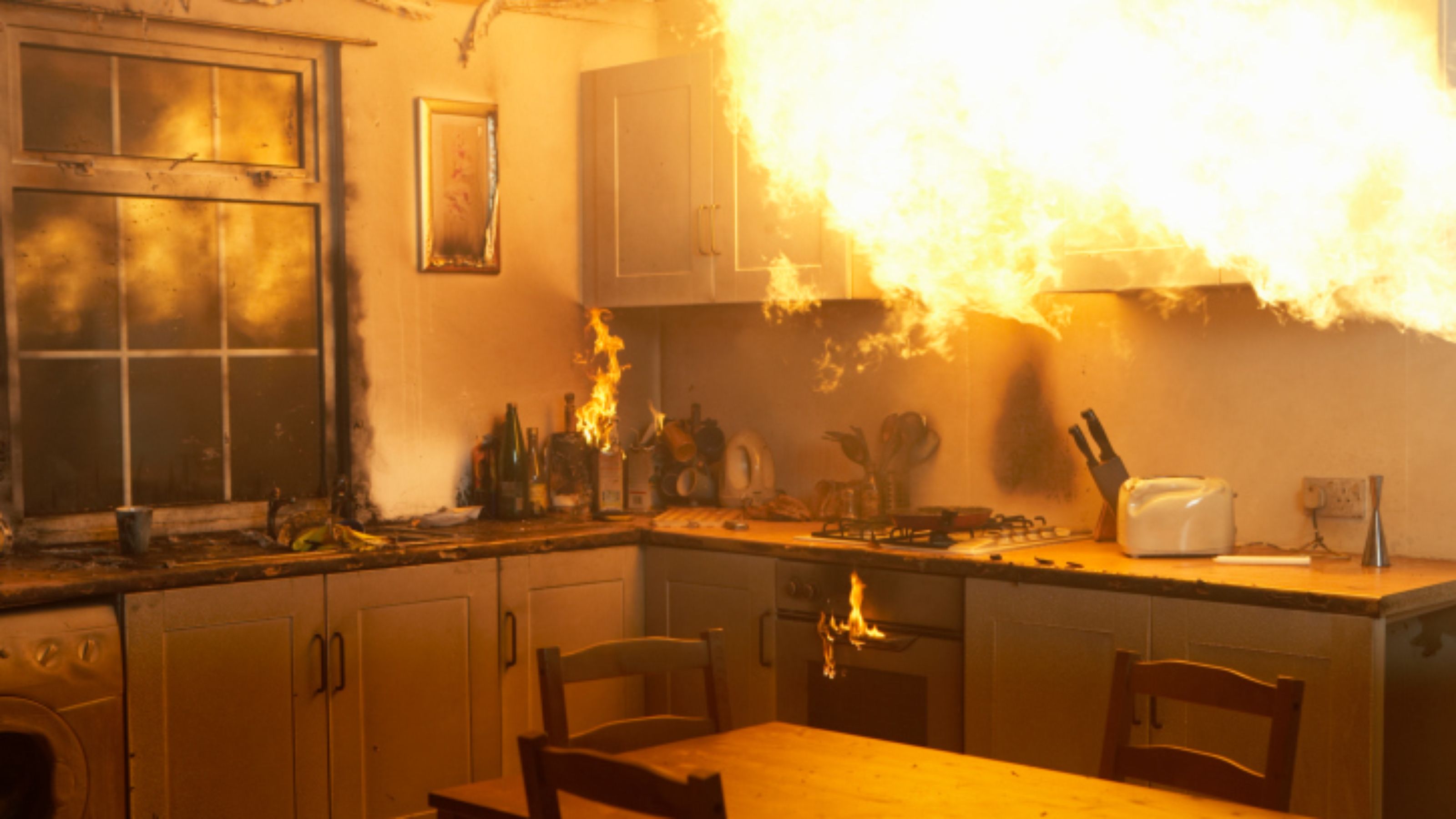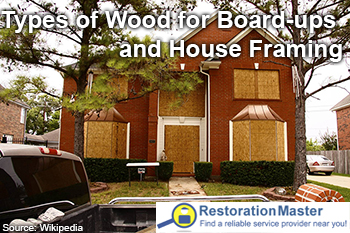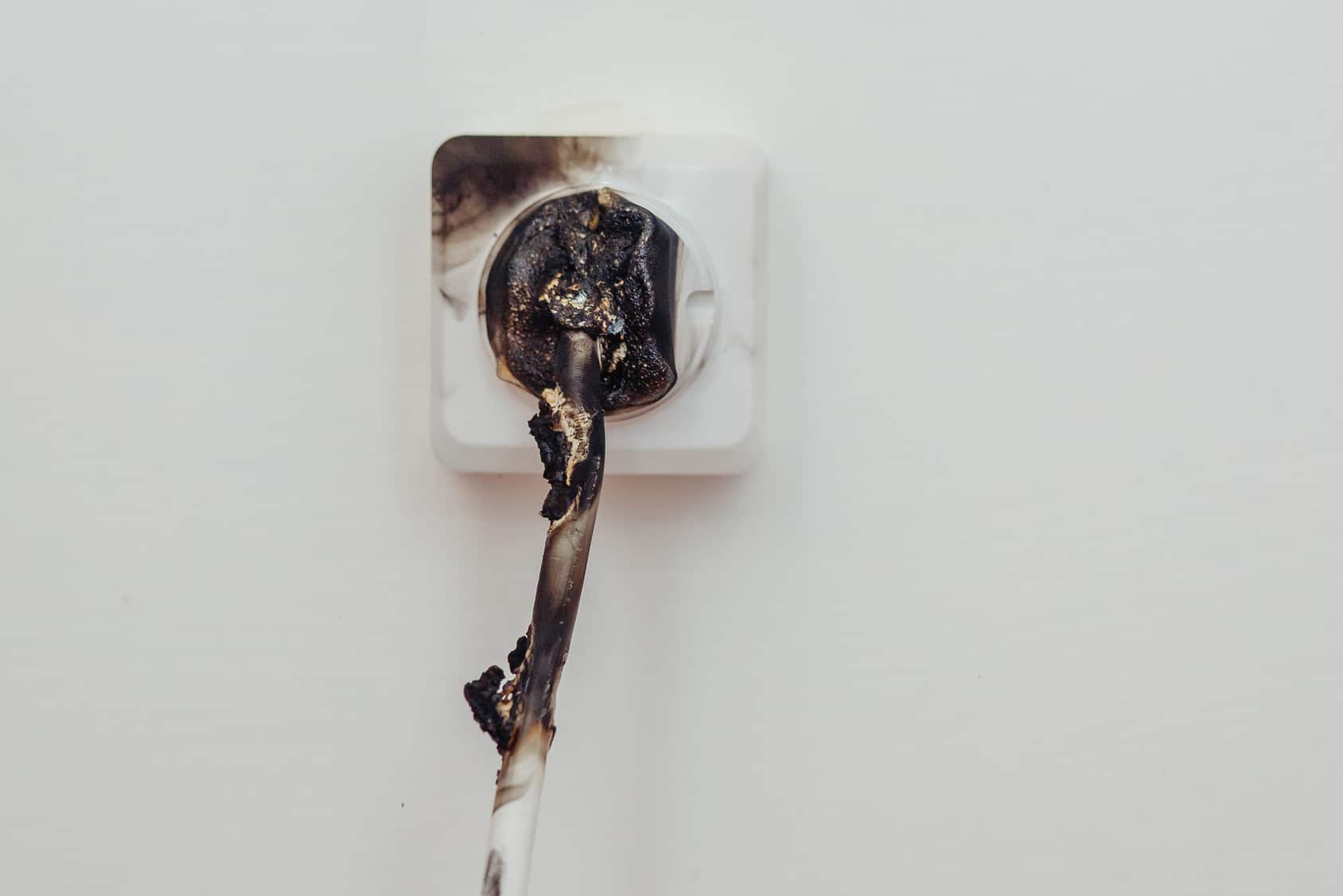The Effects of a Lightning Strike and How to Protect Your Home from Lightning
Thunderstorms occur just about everywhere in the world and one of the most potentially dangerous features of a thunderstorm is lightning. Lightning can be as hazardous as it is beautiful as every lightning strike is trying to go deep into the ground along the path of least resistance. Homes and buildings contain many internal and external features that lightning can use as a path from the clouds to the ground, including cable and internet lines, phone lines, electric lines, gutters, metal siding or window frames, and just about anything else in your home that is conductive. When lightning strikes a home, it may branch off and follow several different paths to the ground or side flash by jumping from one path to another better grounded path. Side flashes cause the lightning bolt to travel between paths within the home which can be quite dangerous.
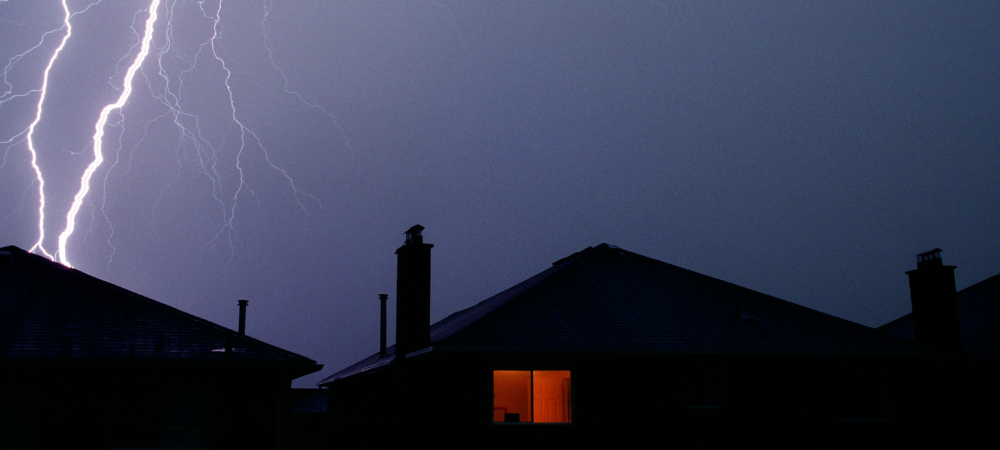
It is not necessary for lightning to use a conductive path to reach the ground which is why the risk of a lightning strike is relatively low, but the presence of conductive objects in your home provides a more convenient path for lightning to be grounded. Because of this, lightning is still a threat to strike your home unless a lightning protection system has been installed. These protection systems are normally too expensive to justify due to the low risk of a lightning strike so it is important to know the potential effects of lightning as well as how to protect your home from lightning damage.
The Effects of Lightning Damage
While conductive objects provide lightning with a less resistant path to the ground, it is possible for lightning to travel miles through non-conductive air and objects to reach the ground. This means that all homes and buildings, even those that contain no conductive objects such as cabins, are at risk for a lightning strike. The most common types of damage caused by a lightning strike include the following:
- Fire Damage: A lightning strike is a major fire hazard for a home because it can set fire to building materials that it comes into contact with such as wood, drywall, and insulationInsulation is a material used in buildings to reduce the tra... More. Most lightning related fires start on the roof or in the attic because this is the first area struck by lightning as it seeks a conductive path. Lightning can also cause electrical fires if it travels through wiring. If your home is affected by fire from a lightning strike, call a fire damage restoration professional to restore the damage.
- Power Surges: When lightning travels through the electrical wiring of a home or building, it causes a power surge that can damage all appliances and devices connected to the system. There are devices that offer lightning surge protection in case your home is struck by lightning but the most effective form of surge protection is to turn off and unplug your appliances and electronics during a storm.
- Structural Damage: A direct lightning hit to the home, garage, shed, or other structureStructure refers to the framework or components of a buildin... More can cause damage to the roof, siding, or windows. If this damage is not restored quickly, it can leadLead is a heavy metal that can be toxic to humans, especiall... More to structural damage. Lightning can also strike a tree or pole and cause it to fall onto your home.
- Shock Waves: The rumble of thunder is actually caused by shock waves from lightning and if lightning strikes at close range, these shock waves can cause significant property damage. Shock waves from lightning have been known to break glass, crack foundations, destroy plasterPlaster is a building material made of lime, gypsum, or ceme... More walls, and split concrete, stone, cinderblock, and brick structures. The debris from shock wave damage can also cause secondary damageSecondary damage is additional damage that occurs after the ... More as shrapnel.
Lightning Safety Tips to Protect Your Home
Lightning does not strike homes often, but one in every 200 homes was hit by lightning in the U.S. in 2020. This led to over 70,000 lightning damage claims that same year with an average cost of $30,000 per claim. This makes it worth the effort to protect your home from the possibility of a lightning strike.
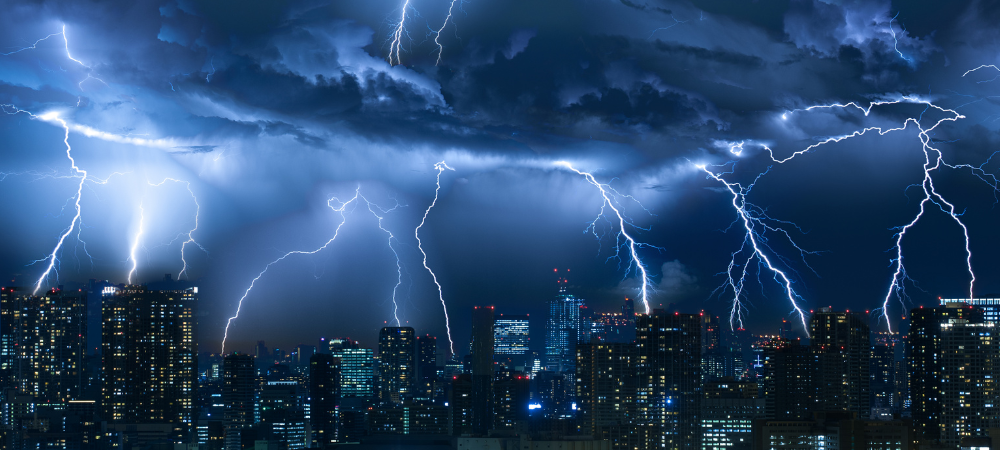
Following these safety tips during a thunderstorm will help reduce the risk of lightning damage from a strike.
- Avoid Conductive Paths: As discussed above, there are a number of conductive objects in a home that lightning can pass through. Avoiding direct contact with these objects is the best way to keep yourself protected. This means that you should avoid using the water for showers, hand washing, and dishes; avoid wired electronics such as computers, video games, landline phones, and other appliances; and avoid direct contact with metal window frames. Lightning also travels through soil and concrete so make sure to wear shoes when walking on these surfaces.
- Protect Your Electronics: Installing surge protectors provides protection for your electronic appliances, but they may not be as effective for direct strikes. Unplugging the electrical appliances in your home is the most effective way to avoid lightning damage. If your homeowner’s or renters insurance covers lightning damage, then your electronics and appliances will be replaced if they are damaged. Make sure to save or backup any important data such as work files and photos on an external hard drive that can be unplugged during a storm. You should also use grounded electronics and appliances.
- Lightning Rods: Lighting rods protect homes by safely redirecting the current from a lightning strike around the house. A rod is installed on the highest point of a home and is connected to a copper wire. The copper wire connects to another metal rod buried underground, allowing the current to safely disperse in the ground. It is important for lightning rods to be installed by a professional.
- Lightning Protection Systems: Lightning protection systems are the most effective way to reduce the risk of lightning damage from a direct strike. These systems work by providing a conductive path to the ground, similar to lightning rods. However, they must be installed by a professional and they are expensive to install. Justifying the price of these systems when the risk of a direct lightning strike to your home is low can be difficult. It may be more feasible to get lightning protection in your insurance plan, but if you live in an area that has a high frequency for thunderstorms, a lightning protection system may be the better option.
How Do I Ground My House for Lightning?
Grounding your home for lightning redirects the charge from a lightning strike into the ground. First, you must install a metal rod on the highest point of your house and connect a ground wire to the rod. The ground wire can then be connected to a metal rod in the ground or a cold water utility pipe made of copper or another type of metal. You should never connect the ground wire to a gas pipe, gas meter, metal beam, or exposed metal reinforcing. If you are not sure if you can handle installing the grounding yourself, consult a professional.
Why Don’t Houses Have Lightning Rods?
Lightning rods are effective for protecting homes from lightning strikes and many homes do have them. However, lightning rods are not often installed on homes simply because most homes are located in areas where lightning strikes are rare. The low risk in many areas does not justify the cost of installing lightning rods. Lightning rods and other lightning protection systems also do not guarantee protection from lightning damage, but they do help mitigate the damage of a lightning strike.
Call a Restoration Professional After Lightning Damage
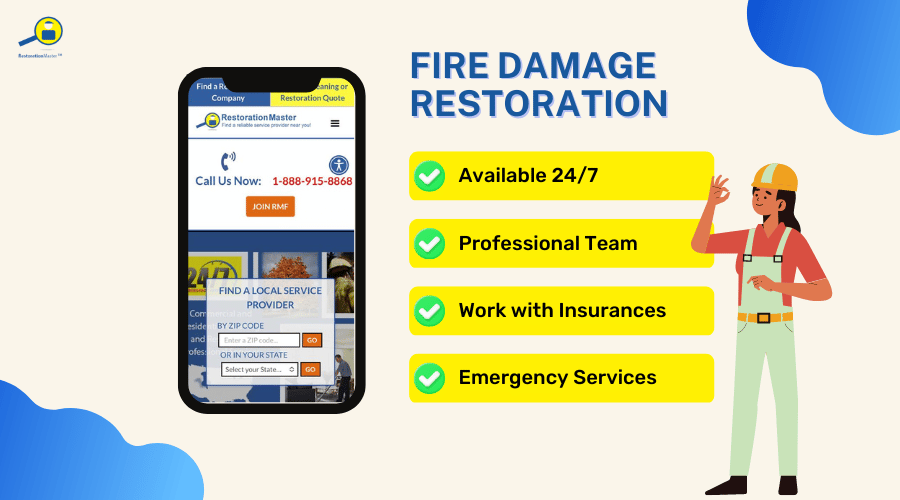
While a lightning strike to your home or building is a pretty low risk, the potential for lightning damage should not be ignored. Having an awareness of the ways in which lightning can cause damage in your home and following the lightning safety tips discussed above can help you greatly reduce the risk of your home sustaining damage from a lightning strike. If your home or building is hit by lightning, make sure to watch for falling debris, avoid using electronics, and check your home for fires. There are storm damage repairRepair is the act of fixing or restoring damaged property, m... More professionals that can provide restoration services to clean up and repairRepair is the act of fixing or restoring damaged property, m... More lightning damage so make sure to call a professional immediately if your home is struck. Lightning is a beautiful natural occurrence but it should be revered for its destructive potential.










